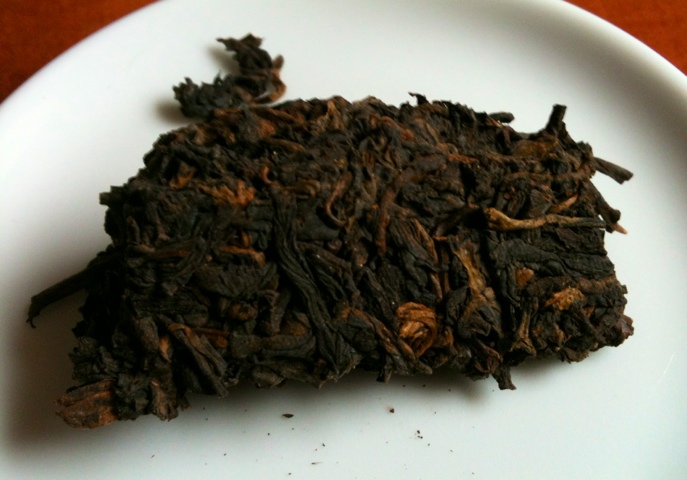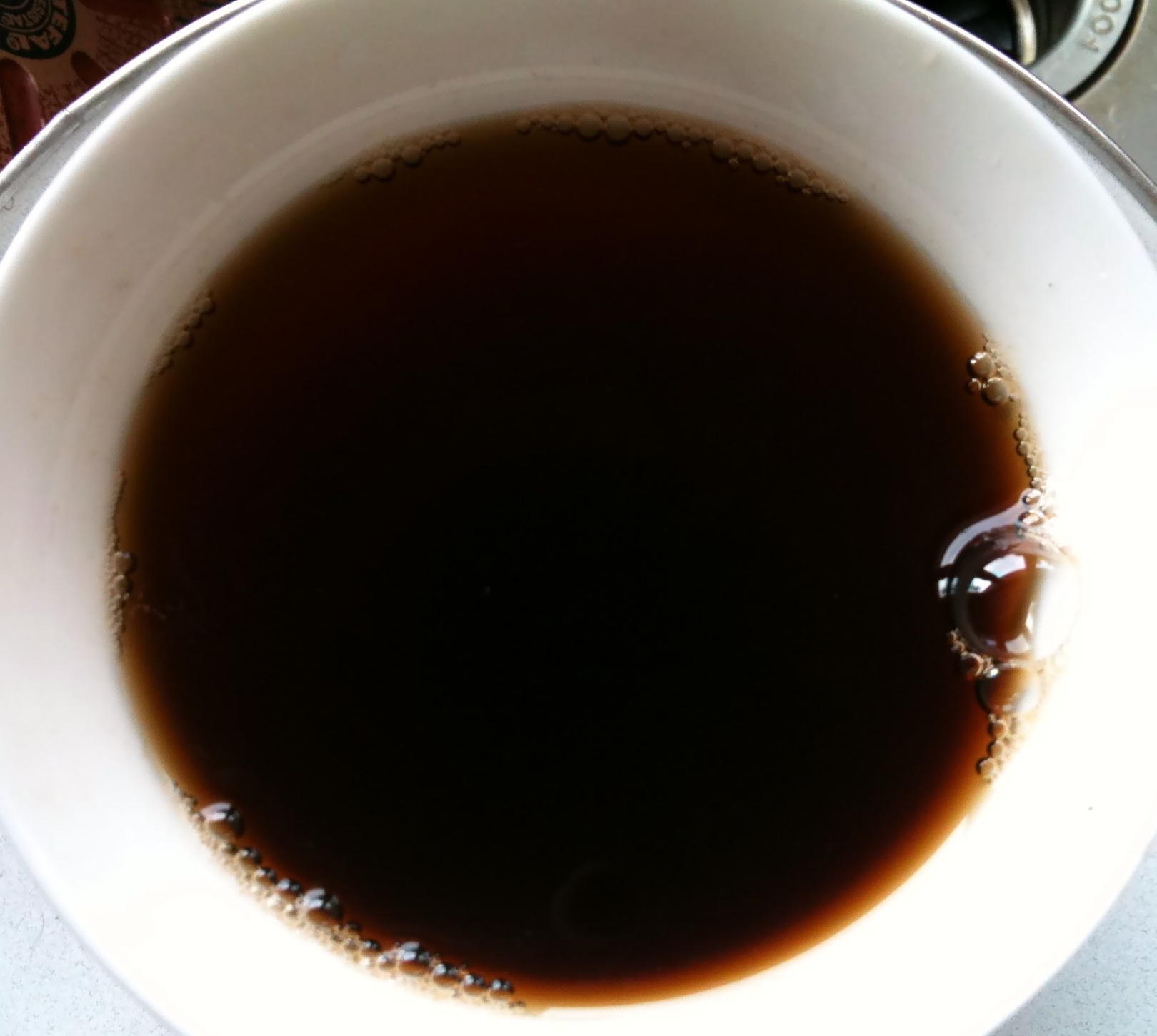Don’t drink puer tea…
Posted on 23 October 2011
…too young!
Regular readers will know I’m no fan of ‘ripe’ puer. That Chinese tea that is artificially fermented to emulate an old tea. Heaps of tea leaves are composted in humid warehouses so that microbial fermentation take place. The tea becomes deep brown in colour, with a peculiar earthy, chocolatey, milky aroma. I don’t particularly enjoy this flavour profile, and prefer ‘real’, or ‘green’ (‘raw’) puer to ferment naturally over a decade or so. I find it gives a more balanced, fresh flavour.
The one interesting thing is that ‘ripe’ [shu in Chinese] was invented to make puer tea drinkable early, without the need to store it for years to mellow. But paradoxically, shu is much better if aged for a decade. Then the dirty earthiness and milky smoothness acquire a new balance. Such an aged shu can actually taste like old green puer.

$175 is a lot of money for tea… but I think it’s worth it. © Dragon Tea House.
It’s very rare to find a properly old shu. When you do find one, it will cost you a lot, such as $175 for the 1996 Menghai Tea Factory ‘Dayi’ Purple Print I’m drinking today. A Polish tea friend living in Ireland sent me a sizeable chunk of this – I wouldn’t normally shell out such $ even for good old tea.
This 1996 Purple Print is really an exceptional shu. Although it brews a typical, very dark brown colour, initially I thought it was actually an old sheng [‘green’] puer. It has none of the aggressiveness of young shu, and its evolved character (earth, fallen leaves, forest floor, decomposed wood) is very balanced with no hard edges. It also has a touch of the mealy, beany flavour of green puer. Fascinatingly for shu, too, it has plenty of tannic grip – shu is usually fermented to oblivion to tastes smooth as milk. This one is nicely gritty, and so it actually develops well in a series of brewing. I’ve reached 10 – and that really shows how much I liked it. A couple of cups are usually enough to put me off shu for a long time.
So the bottom line seems to be letting you shu age at least 10 years from the vintage date. At that point it isn’t so much different from a green puer, with perhaps a more advanced profile.
Disclosure
Source of tea: gift from a tea friend.




